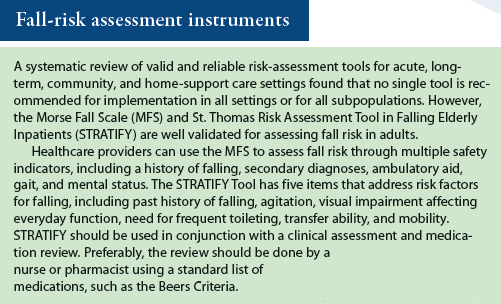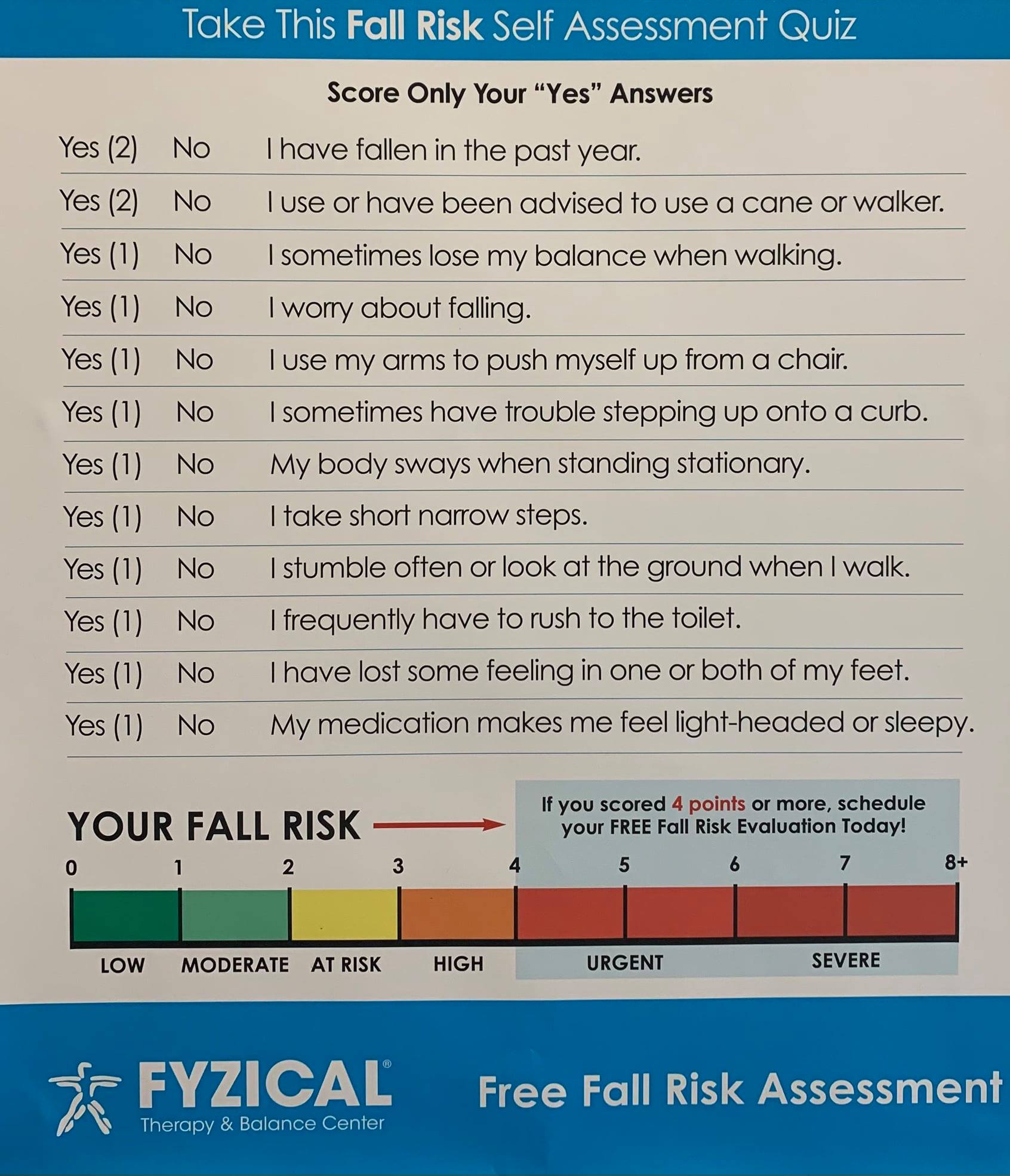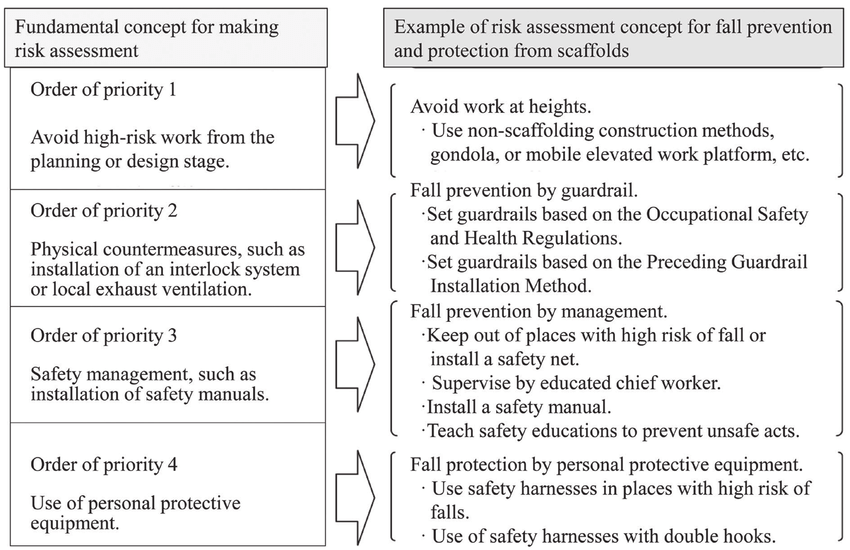The Single Strategy To Use For Dementia Fall Risk
Table of ContentsSome Ideas on Dementia Fall Risk You Need To KnowThe Best Strategy To Use For Dementia Fall RiskThe Buzz on Dementia Fall RiskSome Known Factual Statements About Dementia Fall Risk The Ultimate Guide To Dementia Fall Risk
In the community, poor road illumination or vulnerable creeks and land fills may also cause mishaps. Loss Risk Analysis Tool (FRAT) is a 4-item falls-risk screening tool for sub-acute and household care. The FRAT has 3 sections: drop threat status, danger element checklist, and action strategy. A Loss Risk Status consists of data concerning history of current falls, drugs, mental and cognitive status of the individual.If the patient scores on a risk element, the corresponding number of points are counted to the patient's loss threat rating in the box to the much. If an individual's loss threat rating amounts to five or higher, the person goes to high risk for falls. If the patient ratings just 4 factors or reduced, they are still at some danger of dropping, and the nurse must use their best medical analysis to handle all autumn danger aspects as component of an all natural treatment strategy.
These standard approaches, in basic, help establish a safe atmosphere that minimizes unexpected drops and marks core preventive measures for all clients. Indicators are important for people at danger for drops.
Dementia Fall Risk Can Be Fun For Anyone
Wristbands need to include the patient's last and very first name, day of birth, and NHS number in the UK. Details should be printed/written in black against a white background. Only red shade should be utilized to indicate special client standing. These recommendations follow present advancements in individual recognition (Sevdalis et al., 2009).
Items that are too much may call for the client to connect or ambulate needlessly and can potentially be a hazard or add to falls. Aids protect against the person from going out of bed with no assistance. Nurses reply to fallers' call lights much more promptly than they do to lights initiated by non-fallers.
Aesthetic problems can considerably cause drops. Keeping the beds closer to the floor lowers the danger of falls and severe injury. Placing the cushion on the flooring considerably lowers autumn threat in some health care settings.
Excitement About Dementia Fall Risk
People that are tall and with weak leg muscle mass that attempt to rest on the bed from a standing placement are likely to fall onto the bed because it's also reduced for them to lower themselves safely. If a tall client attempts to get up from a low bed without assistance, the individual is most likely to drop back down onto the bed or miss out on the bed and drop onto the floor.
They're created to advertise prompt rescue, not to avoid drops from bed. Distinct alarm systems can also remind the person not to stand up alone. The use of alarm systems can likewise be a substitute for physical restraints. In addition to bed alarms, boosted guidance for high-risk clients likewise might assist stop falls.

Patients with an evasion stride rise loss opportunities considerably. To decrease loss danger, footwear ought to be with a little to no heel, slim soles with slip-resistant walk, and support the ankle joints.
The Buzz on Dementia Fall Risk
In a research study, homes with appropriate lights report fewer falls (Ramulu et al., 2021). Improvement in illumination at home may lower loss rates in older adults.

Caretakers are efficient for assuring a safe and secure, safeguarded, and secure atmosphere. Nevertheless, researches demonstrated very low-certainty evidence that sitters decrease loss threat in intense treatment healthcare facilities and just moderate-certainty that options like video clip tracking can minimize caretaker use without boosting autumn risk, suggesting that sitters are not as useful as at first thought (Greely et al., 2020).
Getting The Dementia Fall Risk To Work

Increased physical fitness minimizes the danger for falls and restricts injury that is suffered when autumn takes place. Land and water-based exercise programs might be similarly helpful on equilibrium and stride and thereby lower the threat for drops. Water exercise might contribute a favorable advantage on balance and gait for females 65 years and older.
Chair Rise Exercise is a basic sit-to-stand exercise that assists enhance the muscular tissues in the thighs and butts and boosts wheelchair and independence. The objective is to do Chair Surge exercises without making use of hands as the customer comes to be more powerful. See resources area for an in-depth instruction on how to execute Chair Surge workout.